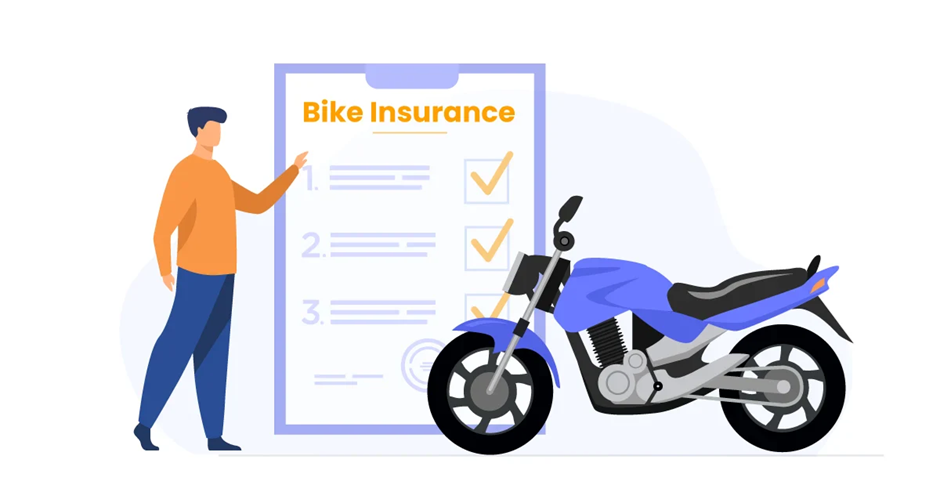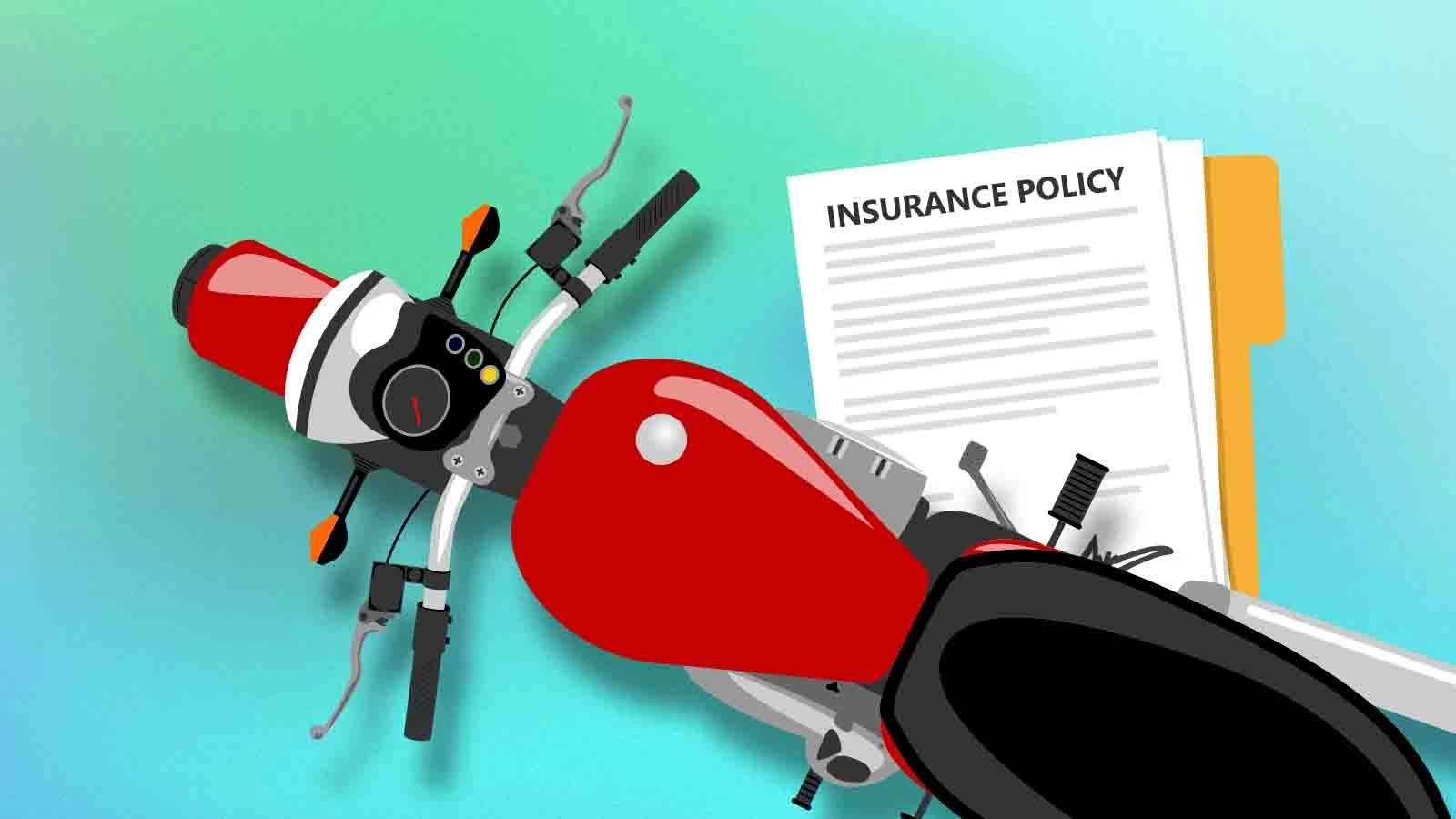When it comes to understanding bike insurance, one term that often comes up is IDV, which stands for Insured Declared Value. But what is IDV in bike insurance, and why is it crucial for bike owners? In this article, we'll explore the definition of IDV, its importance, how it’s calculated, and what you need to know when choosing the right IDV for your bike insurance policy.
Understanding IDV in Bike Insurance
IDV in bike insurance is the maximum sum that an insurance company will pay you in case of a total loss or theft of your bike. Essentially, it represents the market value of your vehicle at the time you purchase the insurance policy. Knowing what is IDV in bike insurance helps you make informed decisions about coverage and premium costs.
Importance of IDV in Bike Insurance
-
Determining Coverage: The IDV directly affects the amount of coverage you receive. A well-calculated IDV ensures that you will be compensated fairly if your bike is stolen or damaged beyond repair.
-
Impact on Premium: Understanding what is IDV in bike insurance is crucial because it influences your premium. A higher IDV means a higher premium, while a lower IDV reduces the cost but may lead to insufficient compensation.
-
Avoiding Underinsurance: If your IDV is set too low, you risk being underinsured. In the event of theft or total loss, you may not receive the full value of your bike. Therefore, it's essential to accurately assess what is IDV in bike insurance to avoid this pitfall.
How is IDV Calculated?
To truly grasp what is IDV in bike insurance, it’s important to know how it is calculated:
- Manufacturer's Selling Price: The IDV starts with the bike’s manufacturer’s listed selling price.
- Depreciation: The insurance company applies a depreciation rate based on the bike’s age. Typically, the depreciation can range from 10% to 50%, depending on how long you’ve owned the bike.

Choosing the Right IDV
When selecting an IDV for your bike insurance policy, consider the following:
-
Current Market Value: Ensure that the IDV reflects the current market value of your bike. Research similar models and prices to get an accurate assessment.
-
Review Regularly: As your bike ages, its value will depreciate. Regularly review your IDV to make necessary adjustments, especially when renewing your policy.
-
Consult Experts: If you’re unsure about what is IDV in bike insurance, consult with insurance agents or use online calculators to find a suitable IDV for your bike.
Conclusion
In summary, understanding what is IDV in bike insurance is essential for every bike owner. It helps you make informed choices about coverage, premium costs, and ensures you’re adequately protected in case of loss. Always take the time to assess your bike's value and adjust your IDV accordingly, so you can enjoy peace of mind while riding. Remember, the right IDV is not just about saving on premiums; it’s about securing your investment.
Also Read: Best Helmet for Scooty: Top Tips for Finding the Perfect Fit







_1766570474.webp)

_1766557873.webp)
_1766486282.webp)